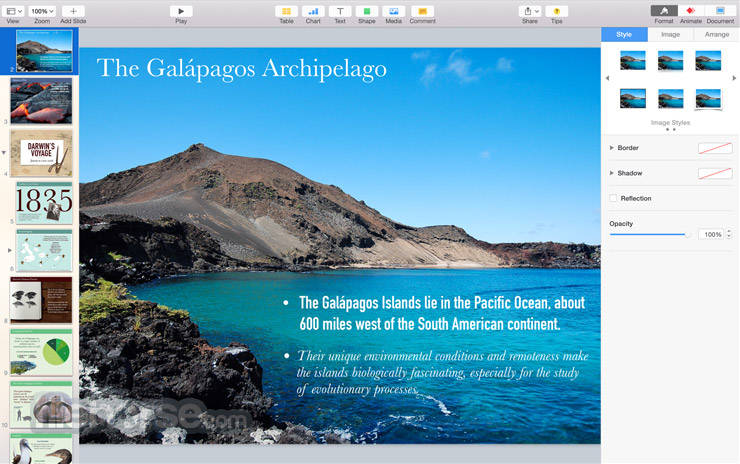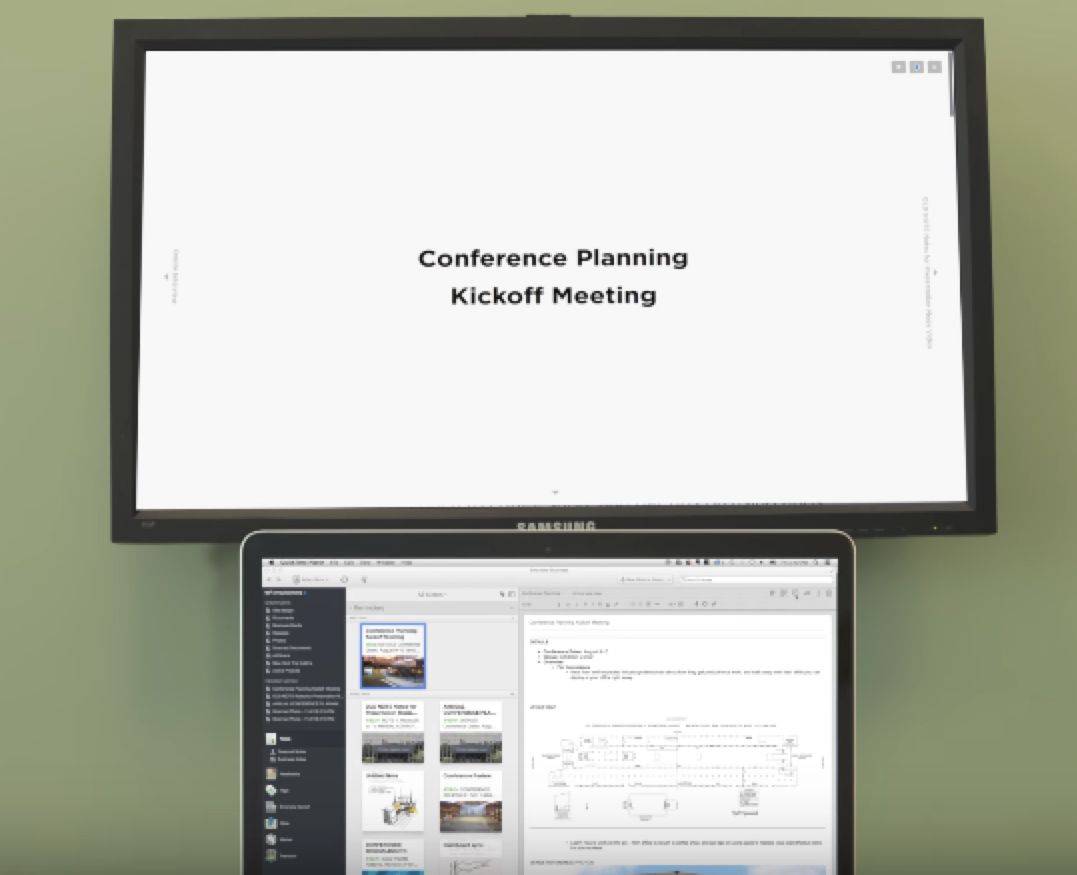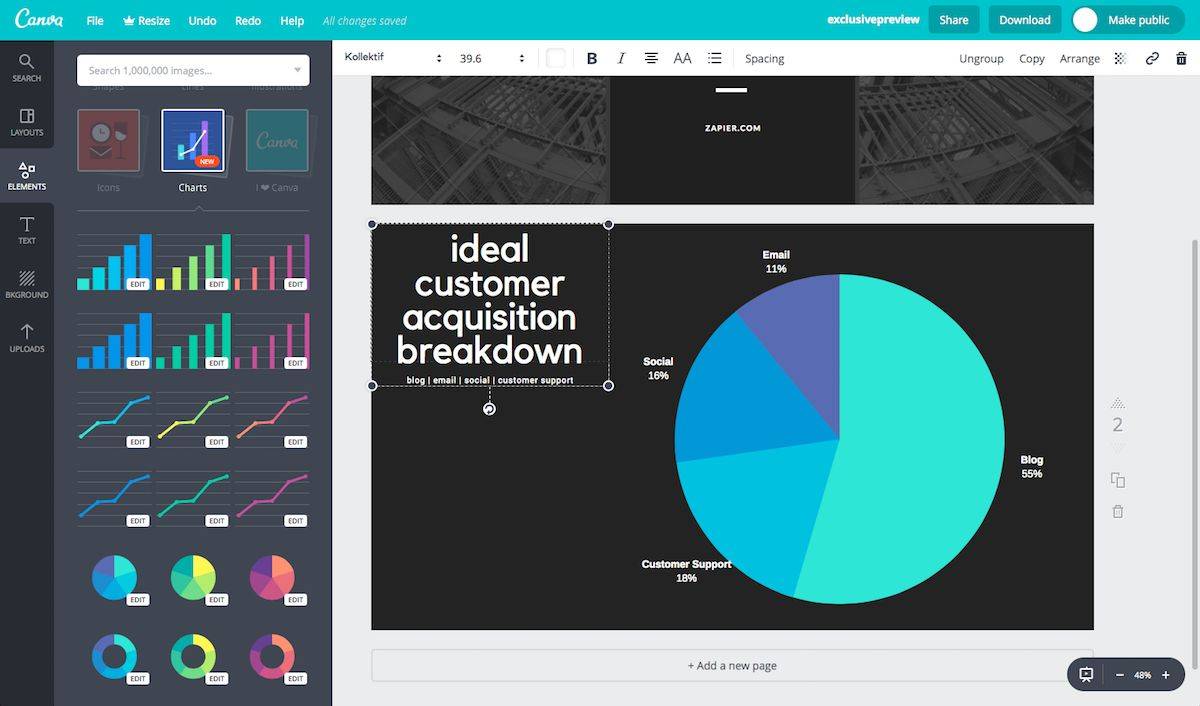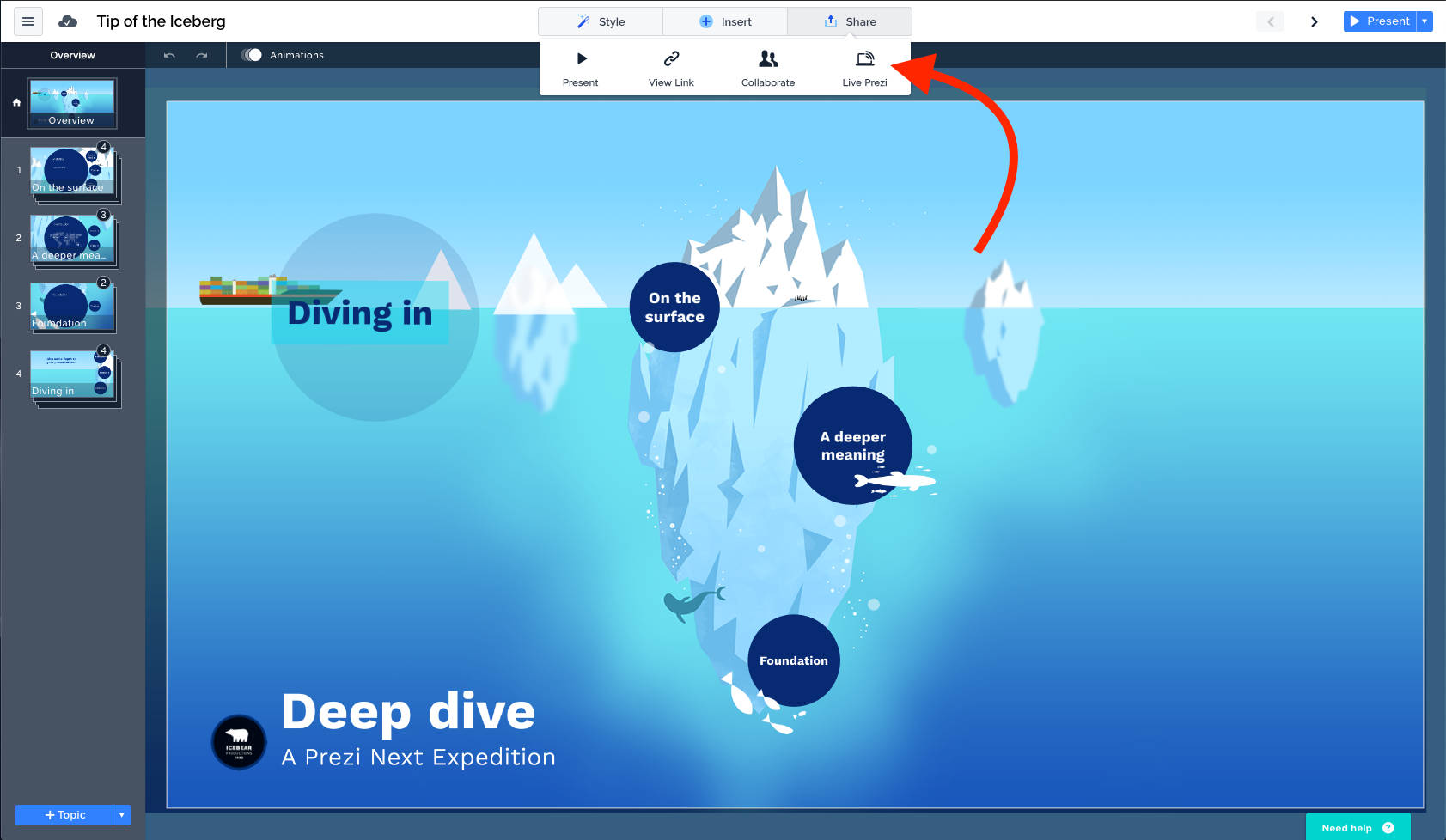A unique idea can get noticed, work well or succeed at any time. But there’s a pre-requisite, it has to be presented well. Be it a business, a corporate project or academics, a good presentation is all you need to get the attraction you want. And to make that presentation impactful, what you need is a good project presentation software.
When it comes to entrepreneurship, a lot actually depends on the business pitch. Starting from how to present a project to the management, to investors for raising funds for your startup, for strategizing the business in internal meetings, striking deals for merger or acquisition, making a public appearance – all of these are skills required to present the business idea or its journey to the audience.
To make that perfect business pitch, one has to know how to present a project, how to choose and use good software to make that presentation and how to make use of the tool to track project proposal presentation.
A presentation software is an application that helps you to accumulate and structure your content in multimedia format slides, adorn them by styling, designs and images, make it appear easy and understandable at a glance. Initially, there were only desktop versions available. But now, adapting to the digital era, presentation software is also available in the cloud version and accessible through mobile apps.
For years, we have all depended on Microsoft Powerpoint for all these, learnt how to make a good presentation outline, how to elaborate and design pages well, how to get the right points noticed and how to make that eye-catching impact. But with time, the market has been flooded with other softwares, emerging as Power Point’s competitor. But to choose the best alternative, one needs to first know what are the things to look for in a good project presentation software.
Table of Contents
Checklist for a project presentation software
- Should be user-friendly.
- Should have a wide array of templates to choose from.
- Should have a good library containing designs, fonts, layouts, pictures, themes and backgrounds,
- Should be able to add animations, gifs, video or audio to the slides?
- Is sharing presentation with other people or syncing with other devices possible and seamless?
- Are security and privacy options available?
- Does it allow offline viewing and sharing to social media?
- Can it be integrated with marketing automation software?
But before one can think of replacing Powerpoint and make a pick from the available alternatives, it’s essential to know what Powerpoint can do.
Microsoft Powerpoint
The traditional presentation software from Microsoft Office, Powerpoint has both desktop and mobile app version. It is known for a variety of templates and customizable slides, designs, animations and effects. It helps in making a focused presentation, integrates with Office 365 and is shareable through the cloud. MS PowerPoint comes in Office 365 package, starting $5.99/month.
Let us now make a comparative study with the top 10 other presentation software available:
| Software Name | Highlights | Easy Presentation Designing |
Cost |
| Apple Keynote | Optimised UI | Y | Paid |
| Canva | Creative projects requiring Photoshop | Y | Free. Paid visuals from $1 |
| Prezi | Pro Level Slideshow at big events | Y | Not available |
| Slides | Public presentation | Y (Requires HTML knowledge) | Free to affordable plans |
| Evernote Presentation Mode | Powerful Notes presentation | Y | Free trial and the Paid |
| Zoho Show | Online presentation | Y | Free, extra feature and storage starts from $5 |
| Visme | Creative presentation | Y | Free for basic plan |
| Haiku Deck | Salespeople on the go | Y | Starting from $99 |
| Slidecamp | Big enterprises | Y | $69 (For lifetime access) |
While you get the basic idea, it’s better to delve into the details of some of these options. This is essential when you have shortlisted some of the software and need to finalize one from the preliminary picks. Here, one needs to know and analyse the features a bit more, so that the comparison takes you to the right pick.
1. Apple Keynote
This is considered the perfect alternative for MacBook Users and is accessible on Apple devices. On similar lines with Apple products, this software relies on simplified functioning.
Pros: Known for its pre-loaded, sleek template options, simple design tools and easy sharing. Online version Keynote for ICloud is accessible through Apple Id login and can be synced and edited smoothly on any Apple device.
Cons: Online version has limited usability.
Pricing: Free. $99 for extra 50GB storage, per month.
2. Google Slides
Preferred by Google users for convenience. This can be accessed through Google drive and works well with Google credentials and platforms.
Pros: Known for ease of use, simplicity, standard software features. Seamless collaboration, built-in chat and revision history options helpful in for group projects.
Cons: Online version only. Back-up is difficult.
Pricing: Free, $1.99 for extra 100GB storage, per month.
3. Evernote Presentation Mode
Good bet for ensuring the content of the presentation. Since this software self-prepares slides based on notes taken, there is no need for a revision of content. Thus, it suits well for information-rich presentations and academic purposes.
Pros: Known for automatic creation and structuring of slides along with content tables from work-notes. Pdf version can be downloaded easily.
Cons: No design templates available. Suitable for small format projects only.
Pricing: $100 per year
4. Canva
Considered Photoshop alternative for amateurs. Hence, this software can be recommended if you don’t have a designer in your team but need that creative touch through graphics and illustrative presentation of content.
Pros: Known for easy DIY design tools to help non-designers add that professional touch to the project. Has a huge library of layouts, fonts, pictures and other design elements.
Cons: Suits more to creative projects.
Pricing: Free. Paid visuals available from $1.
5. Prezi
Considered a great fit for a pro-level slideshow presentation. This software adds special tweaks, animations and effects to elevate the level of presentation quality to become an eye-catcher.
Pros: Known for the amazing compilation of content with animations, infinite zoom options.
Cons: Special effects can soon appear overused in case of regular presentation requirement. Preferred for big events only.
Pricing: Not available.
Coming back to the point of choice, regular presentation software suit better to your everyday needs while the creative ones offer that spectacular touch to its slides, making them stand out in the crowd. For this, one needs to decide and analyse his own preferred style. It is, therefore, up to you to take your pick, depending on why and how you intend to present your project.
So if you are an entrepreneur slogging for an awesome business pitch; a corporate honcho presenting your ideas to the management; a scholar getting ready for a paper presentation; or an extremely creative person looking forward to a publicize your work in a unique way, think well, analyse and compare the features and take your pick!











